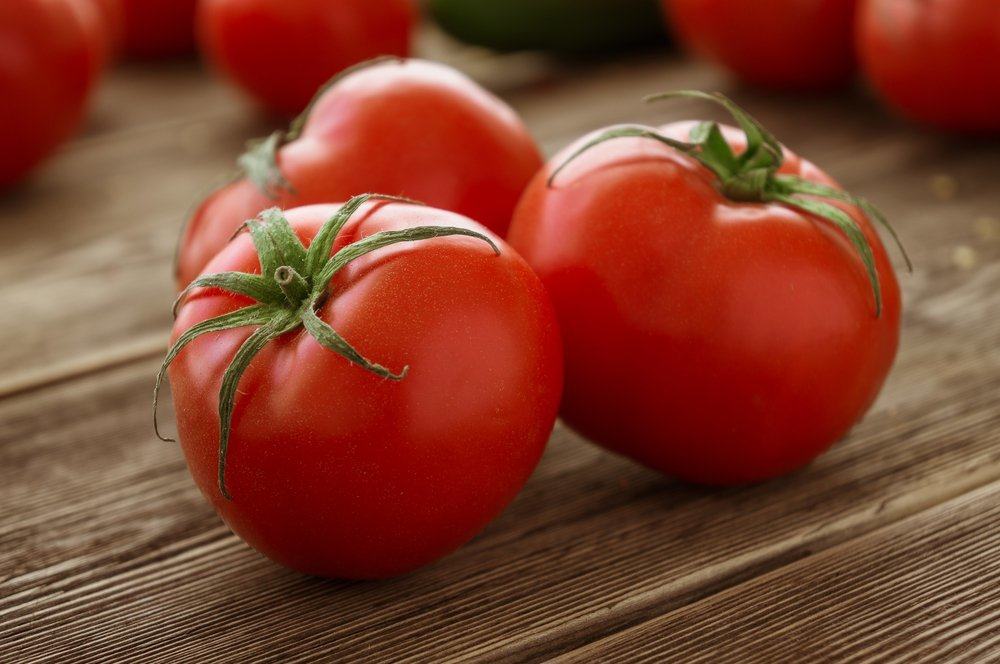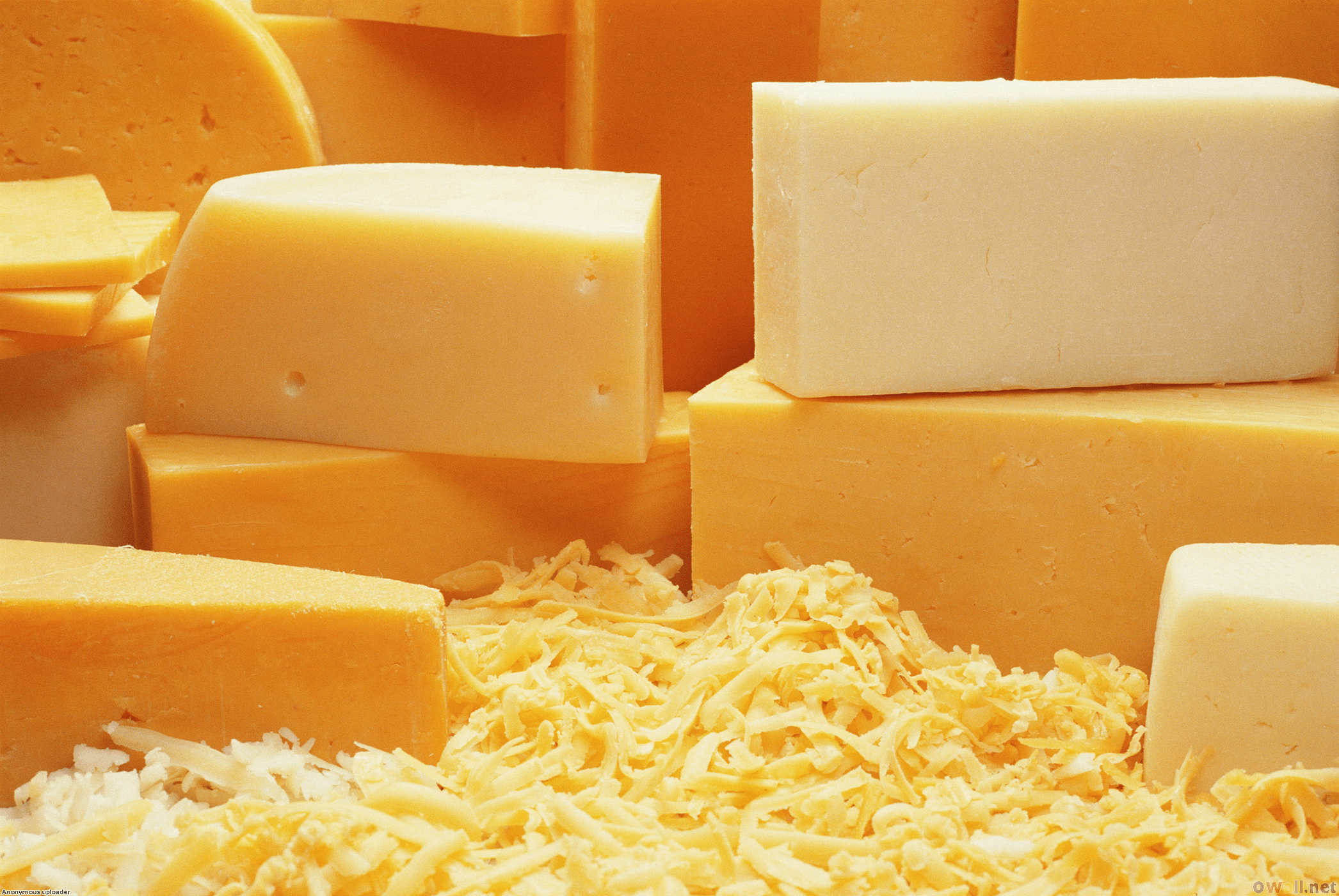Contents:
- Medical Video: What is MSG? The Truth about Monosodium Glutamate- Thomas DeLauer
- You can find natural MSG in tomatoes
- Actually, what is MSG?
- What is the difference between artificial MSG and MSG in tomatoes?
Medical Video: What is MSG? The Truth about Monosodium Glutamate- Thomas DeLauer
Surely you often hear about MSG. This flavoring is commonly found as an additional ingredient in food, especially packaged foods. With the addition of MSG, the taste of food becomes better, so you become more like it. But, do you know that natural MSG is found in food? Yes, one of the fruits containing MSG is tomatoes.
You can find natural MSG in tomatoes
During this time you might think that MSG is man-made. But in fact, MSG is contained naturally in some foods. Actually, what is MSG?
MSG or monosodium glutamate is a sodium salt of the amino acid glutamate. This glutamic acid is found naturally in the body, in food, and is also found in food additives. Naturally, glutamic acid is found in 10-25% of all proteins in food. One food that contains natural MSG is tomatoes. Per 100 grams of tomatoes contained 140 mg of free glutamic acid. In addition, cheese (1200 mg / 100 g) and meat (33 mg / 100 g) also contain natural MSG.
Actually, what is MSG?
According to history, the glutamate that you find in instant seasoning is apparently made from natural ingredients. In 1908, a Japanese professor named Kikunae Ikeda was able to extract glutamate from seaweed broth. He found that glutamate in this broth gave a savory flavor to the soup. Then, Professor Ikeda filed a patent to produce MSG commercially.
Today, MSG is not made from seaweed broth, but is made from fermented starch, sugar beet, cane sugar, or molasses (a by-product of cane sugar or beet sugar). This fermentation process is similar to that used in making yogurt, vinegar and wine. In its manufacture, MSG uses chemicals and enzymes, and through complex processes. As a result, flavoring is created and gives a sense of umami if added to food.
So, MSG can be made chemically from fermented sugar for commercial use (which you usually find in flavoring). In addition, it is also found naturally in foods that contain free glutamic acid and sodium, such as tomatoes.
What is the difference between artificial MSG and MSG in tomatoes?
The MSG we usually use as flavoring is factory-made, which is the result of fermentation. Whereas, tomatoes contain natural MSG or free glutamic acid. This free glutamic acid is found in proteins and is also involved in the functioning of the normal human body. In addition, this free glutamic acid found naturally does not go through any process so it does not contain contaminants.
In the body, both sources of glutamate are metabolized in the same way. The Federation of American Societies of Experimental Biology (FASEB) also concluded that there was no difference in physiological response between natural and artificial glutamate, in the report. So, individuals who are sensitive to MSG, may also be sensitive to high levels of naturally occurring glutamic acid-containing foods.
Although it is found naturally, it does not mean it is safe. Some people may be able to show an allergic reaction or hypersensitivity to MSG. They can feel like burning, headaches, nausea, and chest pain after 20 minutes of consuming foods containing MSG. Then, this reaction can disappear 2 hours later. However, in general, the use of MSG does not endanger health. This has been studied by many health institutions in the world, such as the United States and Canada.












